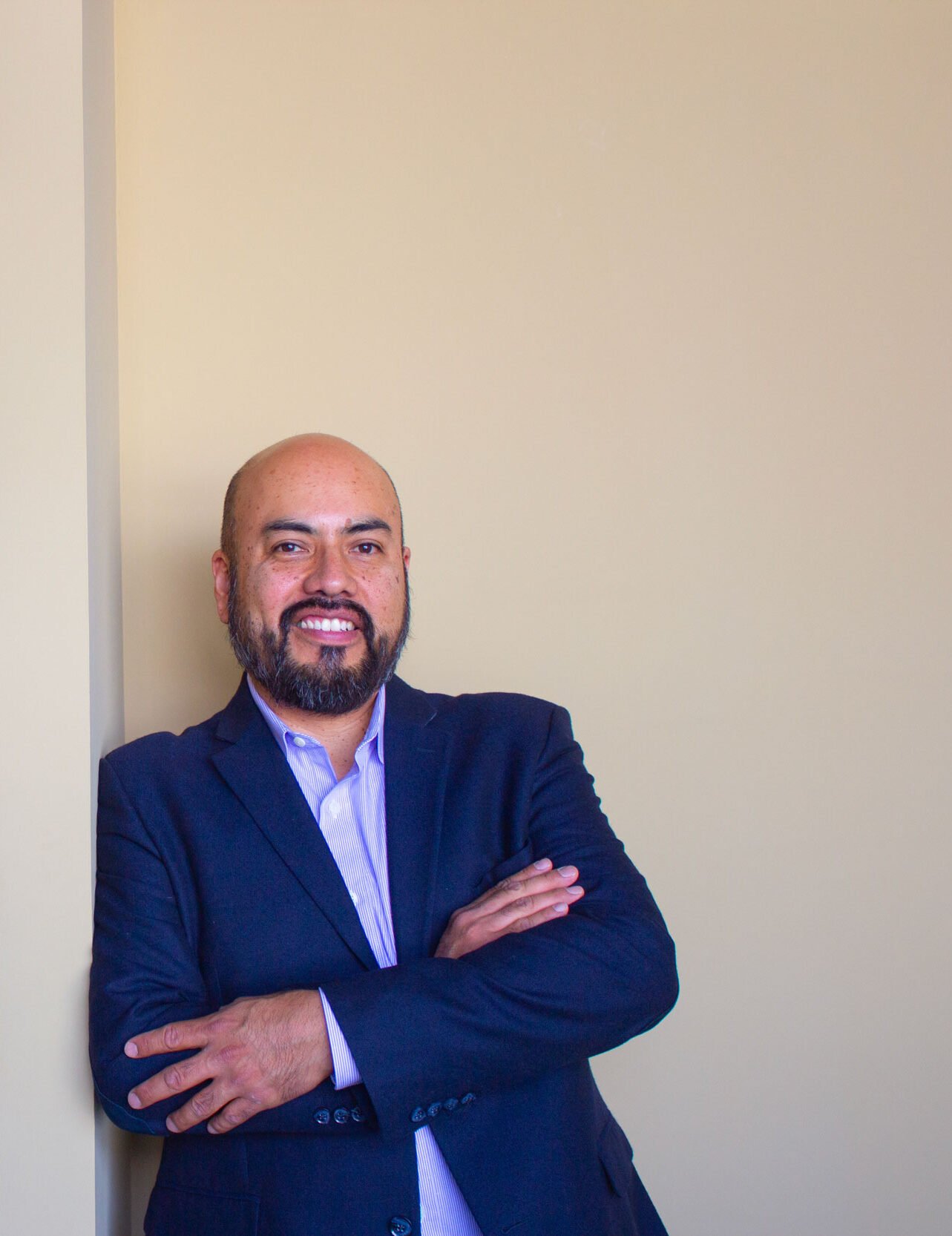How Top Software Companies Are Revolutionizing Developer Experience in 2025
Written by: Rod Aburto –
In the rapidly evolving tech landscape, leading software development companies are placing a strong emphasis on enhancing Developer Experience (DX) to attract and retain top talent, boost productivity, and foster innovation. By investing in tools, processes, and cultures that prioritize developer satisfaction, these companies set benchmarks in the industry by nurturing best practices in coding, enhancing software engineering while maintaining happy developers.
Atlassian: Pioneering Developer-Centric Approaches
Atlassian has made significant strides in improving DX by centering their processes around developers’ needs. Their recent research highlights the importance of understanding and enhancing developer satisfaction. By focusing on reducing obstacles and inefficiencies, Atlassian has seen a 25 percentage point increase in developer satisfaction over two years, rising from 49% to 74%. This improvement underscores the company’s commitment to creating an environment where developers can thrive.
GitHub: Integrating AI to Elevate Coding Efficiency
GitHub has been at the forefront of integrating AI into the development workflow. Their AI-powered coding assistant, GitHub Copilot, is designed to enhance coding efficiency by providing real-time code suggestions and automating repetitive tasks. This tool allows developers to focus more on creative problem-solving and less on routine coding chores, thereby improving overall productivity and job satisfaction.
Google: Innovating with AI-Powered Developer Tools
Google continues to innovate in the DX space with the introduction of «Jules,» an experimental AI-powered coding assistant. Jules is designed to automatically fix coding errors, handle bug fixes, and manage time-consuming tasks, enabling developers to concentrate on building new features and improving existing ones. This initiative reflects Google’s commitment to leveraging AI to streamline development processes and enhance the developer experience.
Microsoft: Quantifying and Enhancing DX
Microsoft, in collaboration with GitHub, has conducted joint studies to quantify the impact of optimizing DX. These studies aim to understand how improving developer workflows and reducing friction can lead to better productivity and job satisfaction. By focusing on data-driven approaches to enhance DX, Microsoft demonstrates its dedication to creating a supportive environment for developers.
CSHARK: Emphasizing Agile Methodologies and Developer Growth
CSHARK, a Polish-based software development company, focuses on creating a developer-friendly environment through Agile methodologies and a strong emphasis on continuous learning. Their approach includes fostering open communication, providing opportunities for professional development, and maintaining a culture that values innovation and collaboration. This commitment to DX has positioned CSHARK as a notable player in the industry.
Imaginary Cloud: Prioritizing User-Centered Design and Developer Satisfaction
Imaginary Cloud designs scalable technology with a focus on user-centered solutions, which extends to their internal processes as well. By implementing proprietary development processes that guarantee reliable solutions, they create an environment where developers can work efficiently and effectively. This focus on DX ensures that their teams are motivated and equipped to deliver high-quality products.
Conclusion
Leading software development companies recognize that enhancing Developer Experience is crucial for maintaining a competitive edge. By investing in AI-powered tools, fostering supportive cultures, and streamlining workflows, these organizations not only boost productivity but also ensure higher job satisfaction among their developers. As the industry continues to evolve, prioritizing DX will remain a key factor in attracting and retaining top talent. This is the challenge for all software companies alike: onshore, nearshore and offshore companies that want to be at the forefront of innovation and business creation.


